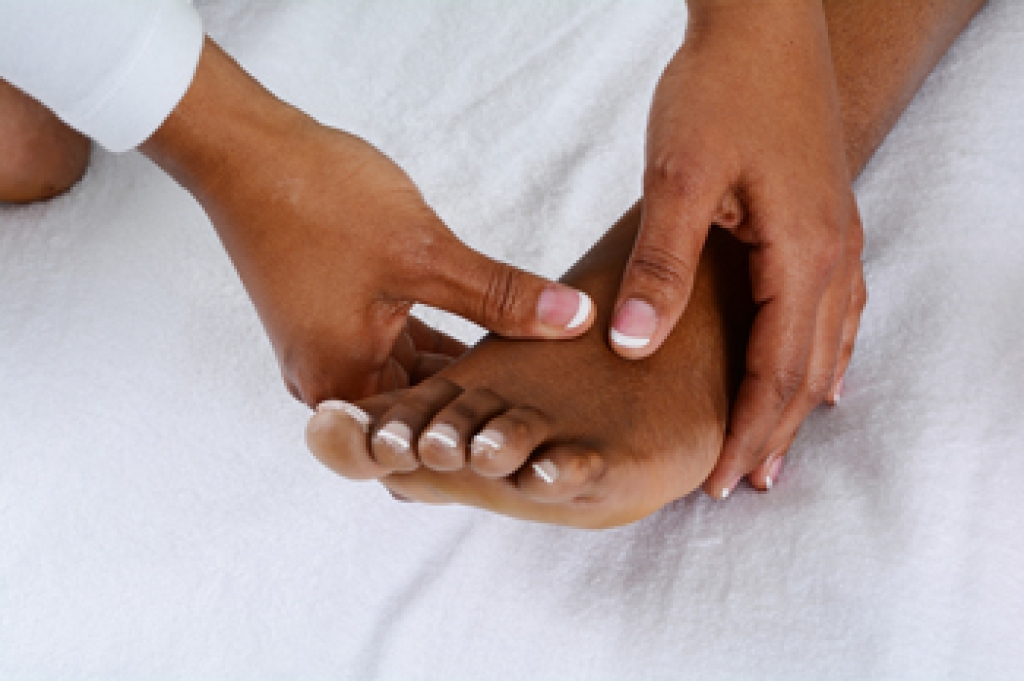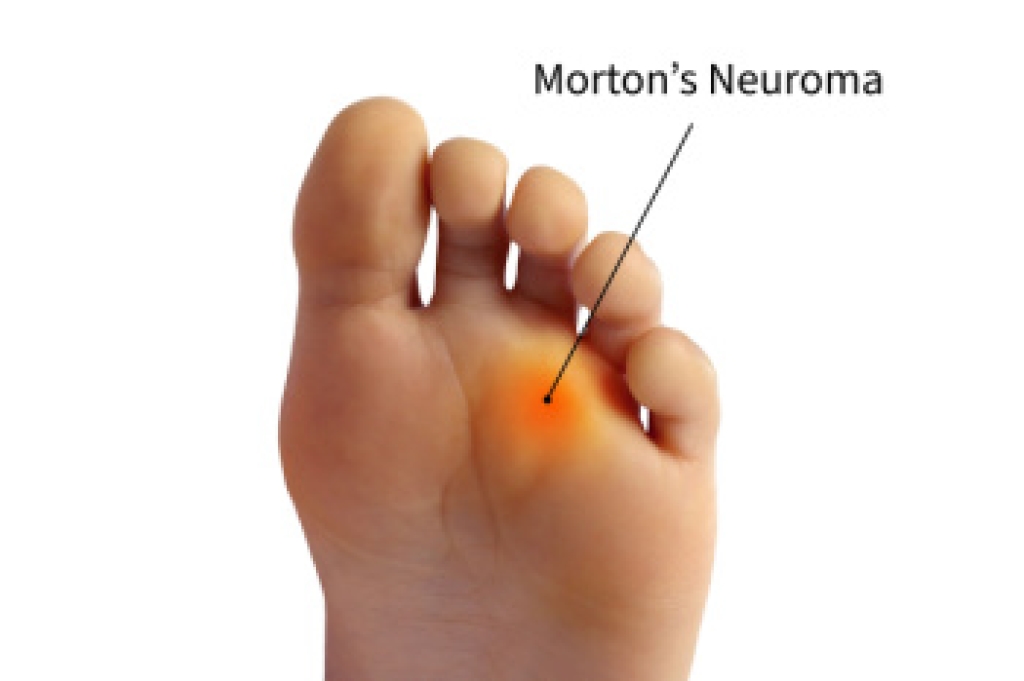 Many patients can incur a stress fracture by participating in repetitive activities that can weaken the bones. The metatarsal bones are a common area in the foot where this type of injury can happen. These are the bones that connect the ankle to the toes and undergo stress as everyday activities are performed. Additionally, a stress fracture can occur in runners that increase speed and distance too soon, and it may possibly help to warm up and cool down before and after the activity is performed. The pain in the affected area may gradually diminish, but generally returns as the chosen exercise is performed. Relief can be found when the foot can rest, and this typically involves stopping the movement that caused the injury. If you have endured a stress fracture, it is suggested that you consult with a podiatrist who can offer you the best treatment options.
Many patients can incur a stress fracture by participating in repetitive activities that can weaken the bones. The metatarsal bones are a common area in the foot where this type of injury can happen. These are the bones that connect the ankle to the toes and undergo stress as everyday activities are performed. Additionally, a stress fracture can occur in runners that increase speed and distance too soon, and it may possibly help to warm up and cool down before and after the activity is performed. The pain in the affected area may gradually diminish, but generally returns as the chosen exercise is performed. Relief can be found when the foot can rest, and this typically involves stopping the movement that caused the injury. If you have endured a stress fracture, it is suggested that you consult with a podiatrist who can offer you the best treatment options.
Activities where too much pressure is put on the feet can cause stress fractures. To learn more, contact one of our podiatrists from Advanced Foot & Ankle Care Centers. Our doctors can provide the care you need to keep your pain free and on your feet.
Dealing with Stress Fractures of the Foot and Ankle
Stress fractures occur in the foot and ankle when muscles in these areas weaken from too much or too little use. The feet and ankles then lose support when walking or running from the impact of the ground. Since there is no protection, the bones receive the full impact of each step. Stress on the feet can cause cracks to form in the bones, thus creating stress fractures.
What Are Stress Fractures?
Stress fractures occur frequently in individuals whose daily activities cause great impact on the feet and ankles. Stress factors are most common among:
- Runners
- People affected with Osteoporosis
- Tennis or basketball players
- Gymnasts
- High impact workouts
Symptoms
Pain from the fractures occur in the area of the fractures and can be constant or intermittent. It will often cause sharp or dull pain with swelling and tenderness. Engaging in any kind of activity which involves high impact will aggravate pain.
If you have any questions please contact our offices located in Nashville, Smyrna, Spring Hill, Columbia, Dickson, Fairview, Hohenwald, TN and Midtown, TN . We offer the newest diagnostic and treatment technologies for all your foot and ankle needs.






